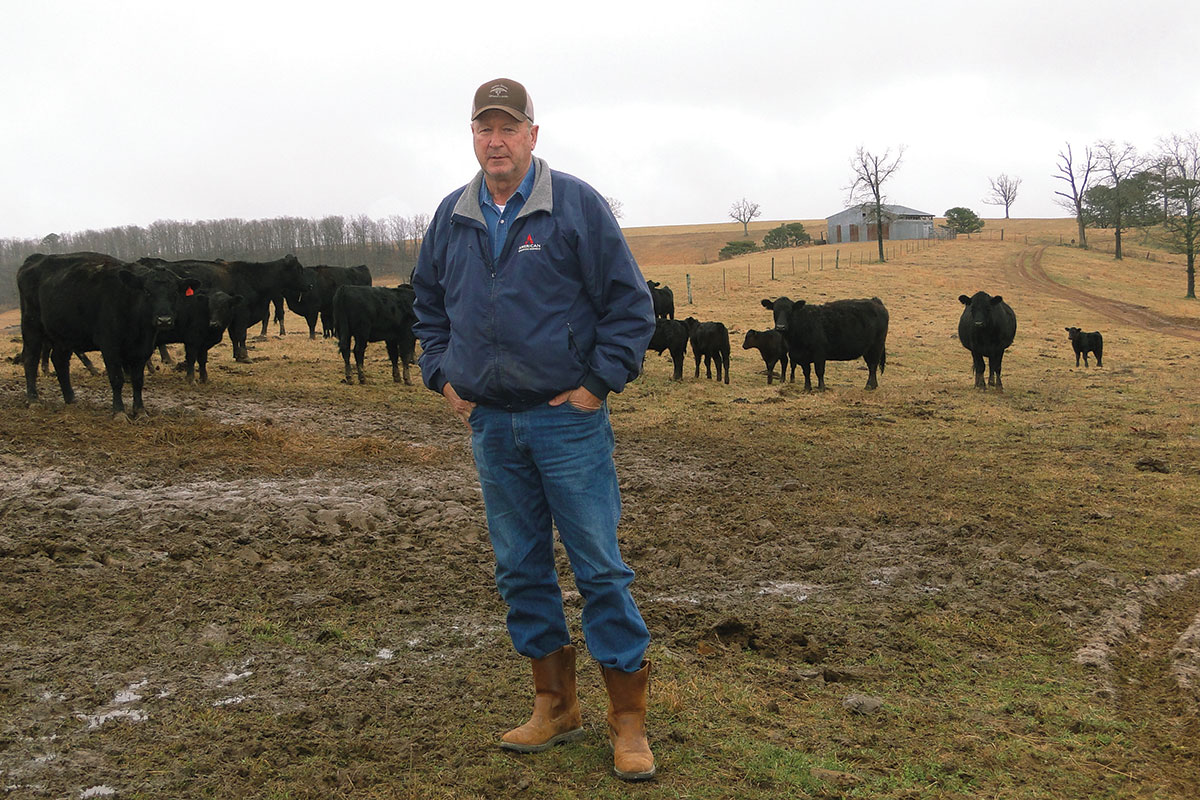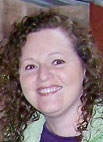
The Carsons have been dairy farmers and raised poultry, but they are now strictly in the cow/calf business
“To understand Pine Creek Ranch, you have to understand how it started because of the mother and father’s vision,” Clarence Carson, whose ranch is in the community of Venus but close to Witter, Ark., explained.
During World War II, his father Burch, enlisted when he was 34 years and 10 months old, only two months shy of the age limit.
He ended up in New Guinea, where he lost his leg to a grenade. He had some land in Texas and worked for Texas Game and Fish on the mountain sheep project. While in the service, he met some Arkansas boys who talked about trees and water, a direct contrast to his 7 inches of rain per year in Texas where he once went without rain for five years.
Consequently, Burch took a trip to Arkansas and soon purchased 1,100 acres and later bought out five families. At the time, Arkansas had vast amounts of acreage in the state books; first at $2 an acre and a little later at $2.50 an acre, much of which came from land forfeited after not paying taxes for seven years. Burch ended up with a total of 4,000 acres.
Burch was wise enough to understand the value behind the cheap land, almost all of it forested. Land purchases made money scarce, but he and his wife Alma raised four girls and two boys, Clarence and his brother Carmon, on the land, which was eventually divided between them.
In 1971, Burch deeded 176 acres to Clarence, very close to the maximum allowed without Clarence being required to pay inheritance taxes. Meanwhile, Clarence had several jobs, including taking care of another farm close to home, working timber and in a sawmill as well as chicken house construction and running a dozer.
“Those were my ‘college years’ when I learned all the skills I needed to run my own place,” Clarence said.
Because he didn’t have his own dozer, he hired people to clear that first 4 acres, including his previous dozer boss, Newell Kemp. One time, Clarence asked if it was OK if he cleared some land while O.D. Reynolds ate lunch. O.D. took a bit longer than usual and was shocked when he came outside and saw Clarence had cleared as much or more land than he had. He then asked Clarence if it was OK if he still charged him to which Clarence readily agreed. Thereafter Clarence only paid for machine rental while O.D. came back every night to fuel and grease the dozen. Eventually Clarence bought his own dozer.
“We never liked to borrow money and Clarence always bought good used equipment which helped keep us profitable all these years,” Margaret, Clarence’s wife said.
“Margaret is my main asset because she trusts my judgments and purchases for more stock or equipment,” Clarence said. “Not having to haggle helps everything runs smoothly and far more profitably than it would otherwise.”
Clarence’s first stock purchase was a group of Hereford/Holstein cross bottle calves he raised to begin his commercial cattle. In 1975, he built their home, where they raised two girls and two boys.
Next came two chicken houses in 1976, followed by a dairy in 1980. Seven years later, the government stepped in to control milk production by offering a program to purchase dairy cows at a price based upon annual milk production and proof of slaughter.
The Carsons sold their dairy cows and used the money to clear more land and developing a commercial Santa Gertrudis herd.
Later, Clarence started a second dairy while running the chickens along with the commercial cattle. The combination took all the fun out of life, Margaret said, so the family quit dairy production for a second time. Today they focus only on commercial beef.
“The only way to make it in the beef industry is to give the customers what they want,” Clarence said. “At that time Santa Gertrudis were popular because of a larger frame and better development. As the years passed, I have also used Charolais crosses and switched to Angus as the Angus marketing strategy took hold of the country. Since black is still the preferred animal, I use Balancers because they’re good milkers, docile, and have excellent longevity, which is a really big deal. In order to maintain the black color, I breed them to a homozygous black Balancer bull because red calves, which a regular Balancer bull will sometimes produce, bring significantly less money at the market even though the only difference is hide color.”
Clarence’s herd is now comprised of 200 head of Balancers. Though at one time he had synchronized his breeding for fall and spring, he found he was more successful by running bulls with his females at all times. One big advantage is he never has to pull the bulls. According to Clarence, each herd, including the bulls, has its own territory and is content staying by itself and away from the others.
When Margaret retired from being a hairdresser, she started her own herd with six registered Herefords. She kept heifers and sold bulls. Then she began breeding the females to a black bull and has more than doubled her income.
“All the cattle on the farm are ours or hers,” Clarence said with a laugh.
“He does all the work and I get all the Hereford money,” Margaret added.
Though Clarence does sell a few bulls to commercial breeders, their regular market is selling to independent buyer Joe Youngblood of Berryville, Ark. Calves are sold at weaning at about 550 pounds.
Clarence is a farmer who recognizes the only way to protect and promote the industry is to be involved. He has served as a Venus’ Township committeeman for 40 years and was on the local Farm Bureau board for 30 years in addition to being County president for four and serving on the conservation board.
For this family, the definition of sustainability means taking care of the land and the animals through the years believing if you take care of them, they take care of you.”






